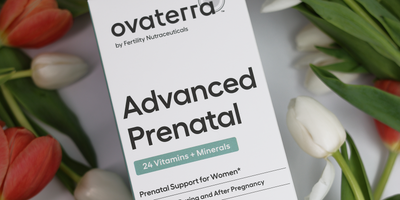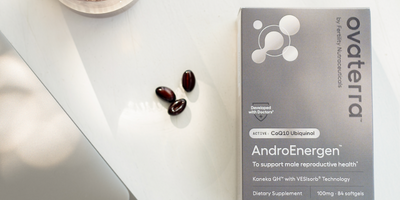Last updated: February 9, 2023
In honor of the United Nations' International Day of Women and Girls in Science, we are bringing you a two-part series on the contributions female scientists have made to our evolving understanding of fertility and reproduction. Here is part I.
Pioneering Work of Female Scientists in Reproductive Sciences
Much like in other areas of science and medicine, for a long time, women in reproductive sciences did not receive the recognition they deserved – professionally and financially. Typically considered a “lab technician” or a “research assistant” rather than a scientist, women often had their significant intellectual contributions credited to their male counterparts.
While gender-based gap in professional opportunities and compensation still persist in science and other areas of academia, there have been more attention paid to the work of female scientists in recent years. In 2019, for example, the scientific journal Reproduction released a special issue featuring articles written by female reproductive scientists about their research careers. In the accompanying editorial, Marilyn B. Renfree, herself a zoologist with a long career in marsupial biology, sheds light on a handful of female scientists whose contributions significantly pushed forward the reproductive sciences field.
Below are four scientists who have been instrumental in elucidating some of the concepts and mechanisms that might be familiar to you. (We confess: We found so many pioneering women in reproductive science that we decided to split this article into a two-part series. This was an exciting surprise that perhaps points to our own blind spot.)
Mariam Menkin: First Successful In Vitro Fertilization
Miriam Menkin, a Latvian-born British scientist, was the first to achieve in vitro fertilization of human oocytes with sperm in 1944. The BBC article, linked above, describes her falling asleep at the lab after a long night of soothing her baby daughter who had just started teething. Seeming failures often lead to breakthroughs in scientific laboratories, and this was one of those moments: Her exhaustion led to a deviation from the research plan, and that was how the research team finally managed to achieve IVF in humans – or, at least, that is the modesty with which Menkin and others framed her achievement in the social context of the 1940s.
Anne McLaren: First Birth of IVF Mice
Fourteen years later in 1958, Anne McLaren, a developmental biologist in the UK, coauthored a landmark paper. Published in the journal Nature, the paper described the world’s first birth of IVF mice. Twenty more years later, Menkin and McLaren’s groundbreaking work led to the birth of Louise Brown, the first IVF baby, in 1978. A leading figure in developmental biology, McLaren mentored countless younger scientists and was the first woman to hold office in the Royal Society. She was also instrumental in the establishment of the British regulations around experimentation using human embryos.
Nathalie Josso: AMH’s Role in Female Reproduction
Considering how central AMH (anti-Mullerian hormone) is in our current understanding of female reproduction, you might be surprised to learn that AMH was not discovered until the mid-1950s. Furthermore, we didn’t even realize that AMH was produced by adult ovaries until 1984. Not much attention was paid to AMH in the context of female fertility even then, until a Dutch paper demonstrated that AMH levels were correlated with how many oocyte-containing follicles women had. That was in 2002, not even 20 years ago. Nathalie Josso, a French pediatric endocrinologist, have been expanding our understanding of AMH and female reproduction through this hormone’s entire research history.
Pat Hunt: Age-Related Aneuploidy
Here in our community, the age-related increase in aneuploidy (chromosomal abnormalities) in human embryos is a frequent topic. We owe this knowledge to Pat Hunt’s work in human genetics. She demonstrated that with age, abnormal formation of meiotic spindles and chromosomal misalignment during meiotic division increased. This discovery contributed to our understanding of why miscarriage rates rise and IVF success rates fall with age: the more chromosomally abnormal an embryo, the more likely it is not to implant, or be miscarried. (Hunt is also known for her work on the now well-known endocrine-disrupting effect of BPA, and its implications on human fertility.)
In Part II of this series, read about women whose work is pushing the boundaries of what’s possible right now.












